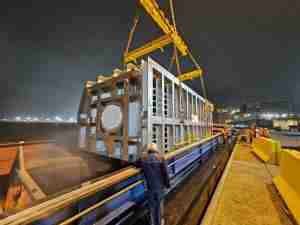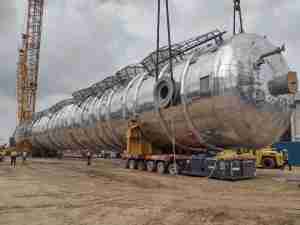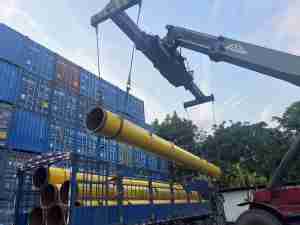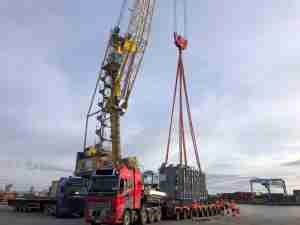Fitch Ratings has assigned a 'AA-' rating to the Triborough Bridge and Tunnel Authority, NY's (TBTA) approximately $102 million in general revenue refunding bonds series 2019B (Federally Taxable). The Rating Outlook is Stable.
Key Rating Drivers
The 'AA-' senior long-term rating reflects the bridge and tunnel system's essentiality to the New York metropolitan region, which has resulted in long-term traffic stability and minimal demand elasticity. The rating also reflects the system's strong rate-making ability, underpinned by a demonstrated history of above-inflationary rate increases. Credit concerns include the system's dependence on revenue growth to subsidize the Metropolitan Transportation Authority's (MTA) operations through annual transfers. These transfers continue to drain the system's liquidity and increase its dependence on future borrowing to fund its own sizable capital needs. TBTA's financial profile is expected to remain strong despite the anticipated borrowing of approximately $1.8 billion to support its current capital plan, evidenced by average rating case debt service coverage ratio (DSCR) levels of 2.2x senior and 1.9x total and year-five leverage of 5.3x senior and 5.7x total.
Critical Assets - Revenue Risk (Volume): Stronger
The bridge and tunnel system provides vital transportation links in the New York metropolitan area and is important to the regional economy, evidenced by TBTA's resilient traffic base with relatively low volatility. TBTA's traffic base also benefits from minimal commercial exposure and limited competition despite some nearby un-tolled bridges. While toll rates are elevated, traffic has remained relatively inelastic to TBTA's frequent increases.
Demonstrated Toll Increases - Revenue Risk (Price): Stronger
TBTA benefits from unlimited legal flexibility to increase rates in excess of inflation and minimal political interference to rate increases. The authority also has a demonstrated history of rate increases, evidenced by six rate increases in the past 10 years including the most recent increase in March 2019, and plans to continue to increase rates on a biennial basis.
Large, Debt-Funded Capital Program - Infrastructure Development/Renewal Risk: Midrange
TBTA's five-year (2015-2019) capital plan is large at $2.9 billion, primarily focusing on the system's conversion to cashless tolling and major maintenance of bridges, tunnels and roadways. TBTA's legal requirement to transfer the majority of its surplus revenues to the MTA for operations impedes the authority's ability to meaningfully grow cash balances, and leaves TBTA reliant on additional debt to fund capex. As such, the capital plan is expected to be 81% debt-funded with $2.3 billion in new money expected over the plan's cycle. However, TBTA adequately performs rehabilitation and maintenance to keep the assets, which are decades old, in good condition.
Transfer Subordination Protects Bondholders - Debt Structure Risk: Midrange (senior); Midrange (subordinate)
TBTA's debt structure is comprised of fully amortizing debt, with increasing debt service obligations until maximum annual debt service (MADS) is reached in 2028. As of July 2019, the debt's variable-rate exposure is manageable, with the unhedged floating-rate exposure on the senior lien at 9.5% and 8.4% overall. The absence of debt service reserve funds is a credit concern, but that is partially mitigated by the presence of healthy unrestricted cash balances. The structural subordination of MTA transfers protects bondholders by ensuring high senior and total DSCRs.











